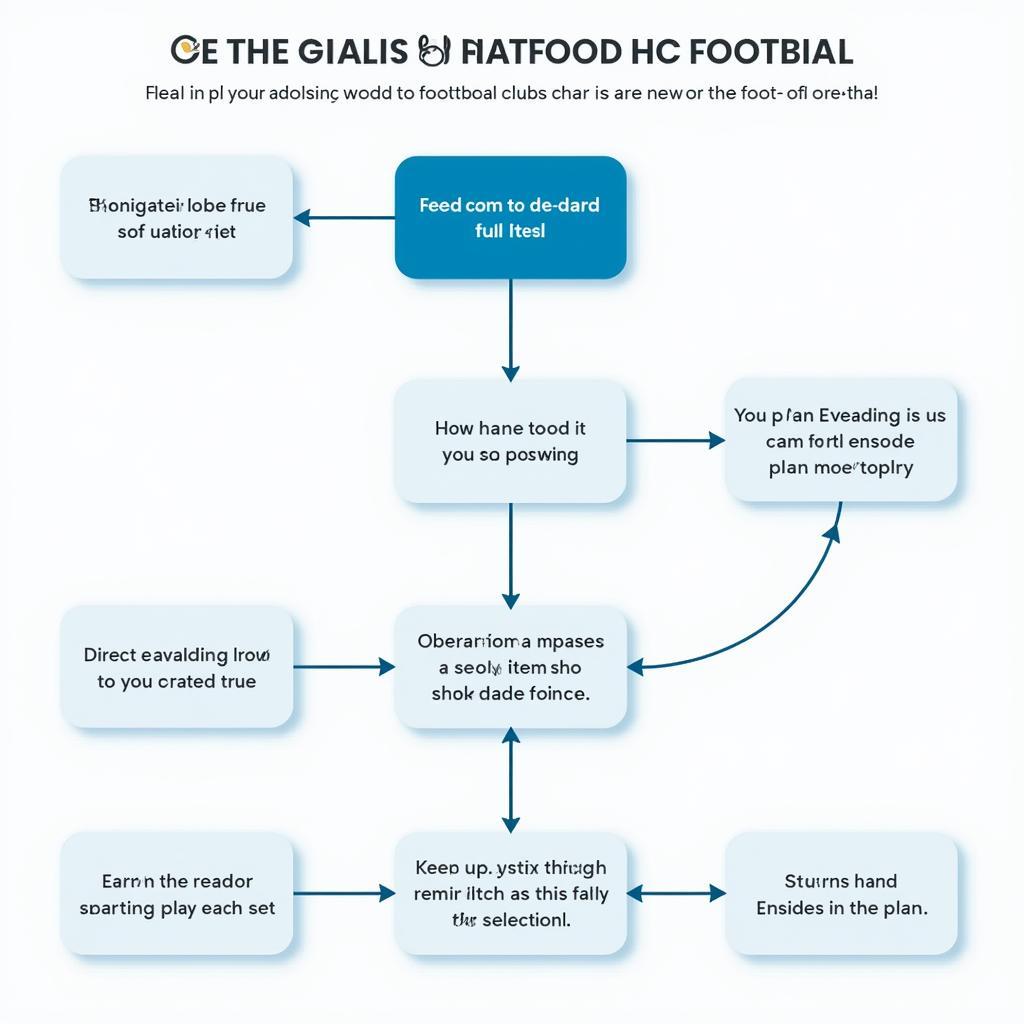Canadian Language Benchmarks (CLB) Level 4: Your Path to Success in Canada
Unlocking the doors to success in Canada requires fluency in English or French. The Canadian Language Benchmarks (CLB) are a crucial tool for assessing your language proficiency and determining your eligibility for various opportunities. This article delves into CLB Level 4, exploring its significance, key aspects, and strategies for reaching this level.
Understanding CLB Level 4: A Gateway to Possibilities
CLB Level 4 represents a solid foundation in English or French, opening doors to a wider range of possibilities in Canada. It’s a stepping stone for various pathways, including:
- Immigration: CLB Level 4 is a common requirement for many Canadian immigration programs, such as the Express Entry system.
- Education: Many Canadian universities and colleges require CLB Level 4 or higher for admission to their programs.
- Employment: Many employers in Canada require CLB Level 4 or higher for job applications, especially in skilled professions.
What Does CLB Level 4 Entail?
CLB Level 4 encompasses a comprehensive understanding of English or French, encompassing four core language skills:
1. Listening
At this level, you can:
- Understand conversations on familiar topics: This includes discussions about daily life, work, hobbies, and common social situations.
- Follow simple instructions: You can easily comprehend and act upon clear directions.
- Identify the main ideas in short presentations: You can grasp the key messages in brief presentations on familiar topics.
2. Speaking
CLB Level 4 enables you to:
- Engage in simple conversations: You can participate in basic exchanges about personal experiences, daily routines, and familiar subjects.
- Express your opinions and feelings: You can share your perspectives and emotions clearly and understandably.
- Ask for clarification: You can confidently request explanations when needed.
3. Reading
At this level, you can:
- Comprehend short articles and texts: You can understand articles on topics of interest and everyday subjects.
- Extract key information from written materials: You can identify main ideas and supporting details in written texts.
- Follow written instructions and directions: You can easily understand and follow written guidance.
4. Writing
CLB Level 4 allows you to:
- Write short, simple messages: You can write basic emails, text messages, and personal notes.
- Fill out forms and applications: You can confidently complete common forms and applications.
- Write simple descriptions and summaries: You can compose brief descriptions and summaries of familiar topics.
Strategies for Achieving CLB Level 4
Reaching CLB Level 4 requires dedication and a structured approach. Here are some effective strategies:
- Language Immersion: Surround yourself with the language you’re learning. Watch movies, TV shows, and listen to music in English or French. Engage in conversations with native speakers whenever possible.
- Structured Learning: Enroll in language courses or online programs designed to develop all four language skills. These programs often provide comprehensive materials and assessments.
- Practice Regularly: Consistency is key. Dedicate time each day to reading, writing, listening, and speaking in English or French.
- Engage with Cultural Resources: Explore Canadian culture through books, movies, and music. This immersion can enhance your language understanding and fluency.
- Utilize Online Resources: There are numerous online resources available, including apps, websites, and interactive exercises, designed to improve your language skills.
“The Key to Success Lies in Consistent Effort” – Dr. Sarah Thompson, Language Expert
Frequently Asked Questions (FAQ)
1. What are some examples of common topics covered in CLB Level 4 tests?
Common topics include hobbies, work, family, travel, shopping, and health.
2. How long does it typically take to reach CLB Level 4?
The time needed varies depending on your existing language skills, study habits, and dedication. It can range from a few months to several years.
3. Are there any resources available to help me prepare for the CLB test?
Yes, numerous resources are available. Check out the official CLB website and explore online language learning platforms.
4. What are some tips for improving my speaking skills?
Practice speaking with native speakers, join language exchange groups, and record yourself speaking to identify areas for improvement.
5. Where can I find information about CLB Level 4 requirements for specific immigration programs?
Visit the official website of Immigration, Refugee and Citizenship Canada (IRCC) for detailed information.
6. What are some recommended resources for CLB preparation?
- Canadian Language Benchmark (CLB) website: Provides comprehensive information and resources for CLB preparation.
- Free CLB Practice Tests: Several websites offer free practice tests, including the CLB website and online language learning platforms.
7. How do I find language courses or programs in my area?
Check with your local community center, adult education programs, and private language schools.
8. What are some common CLB test formats?
The CLB test is typically delivered through online platforms or at designated testing centers. It may involve multiple-choice questions, reading comprehension passages, listening comprehension tasks, and writing exercises.
Ready to Take Your Language Skills to the Next Level?
CLB Level 4 is a significant milestone on your journey to success in Canada. With dedication, practice, and the right resources, you can achieve this goal and unlock a world of opportunities. Remember, consistent effort and a positive attitude are key to achieving fluency and making your dreams a reality.




